International
From Kennedy’s tan to Bush’s watch. Keys to surviving a U.S. presidential debate.

The president of the United States, Democrat Joe Biden, and former Republican president Donald Trump face each other this Thursday in the first televised face-to-face of the November 5 elections and will write a new page in the long history of presidential debates in the North American country.
But they have to learn from successes and mistakes made in the most memorable debates of the American elections. These are some keys to surviving a presidential face to face.
Democrat John F. Kennedy arrived tanned and relaxed at the first televised debate in the country’s history, while Republican Richard Nixon underestimated the power of the small screen, did not want to put on makeup and appeared sweaty and uncomfortable.
Those who listened to the debate on the radio gave Nixon as the winner, but the television audience was seduced by the impeccable image and charisma of Kennedy, who ended up winning the elections by a narrow margin.
Democratic President Jimmy Carter agreed to debate only once with Ronald Reagan, but lost to the Republican, who was much more charismatic and close to viewers, with several phrases that would become slogans.
In a failed attempt to connect with voters, Carter revealed a conversation he had with his 13-year-old daughter Amy, in which she told him that her biggest concern was nuclear disarmament. The president was ridiculed and caricatured for leading national security based on what his minor daughter told him.
At 73, Reagan was then the oldest president in the country’s history, far from Biden’s 81 or Trump’s 78, and many questioned his ability to continue governing the country, but in the second debate with Walter Mondale he turned the criticism around with a joke that catapulted him towards re-election.
When the moderator asked him if he had the necessary resistance to handle a national security crisis, he replied ironically: “I will not make age a central issue in this campaign. I am not going to exploit my opponent’s youth and inexperience for political purposes.”
In 1992, the first debate was held with questions from the public, but that appointment is remembered because the cameras captured President George H. W. Bush looking at his watch to see the time, reflecting that he was uncomfortable about the more loquacious performance of Democrat Bill Clinton, who would become president.
Non-verbal language also played a trick on Democratic Vice President Al Gore in 2000, since in the first debate he sighed several times while George W. Bush spoke and in the third he approached the Republican candidate in an intimidating way, causing the mockery of the public.
Republican Mitt Romney attacked President Barack Obama in 2012 for the reduction of Navy ships compared to 1917 and he responded with a snoas: “We also have fewer horses and bayonets because the nature of our Army has changed. We have things called aircraft carriers, where planes land, and ships that dive, called nuclear submarines.”
The phrase “horses and bayonets” went viral, something that the campaigns will also look for this year, aware of the power of social networks and memes when it comes to amplifying blundrums or verbal slash.
Thursday will not be the first time that Trump and Biden debate in front of the cameras, since they already had two face-to-face in the 2020 elections, in the midst of an unusual campaign due to the COVID-19 pandemic.
The first of the debates is remembered for Trump’s constant interruptions to Biden, which exhausted the patience of the Democrat, who said to the then president: “Do you want to shut up, man?”
The teams of both have agreed that during the next debate only the microphone of the candidate who has the turn of speaking will be turned on to avoid interruptions.
International
Mexican government prioritizes 191 communities after deadly floods
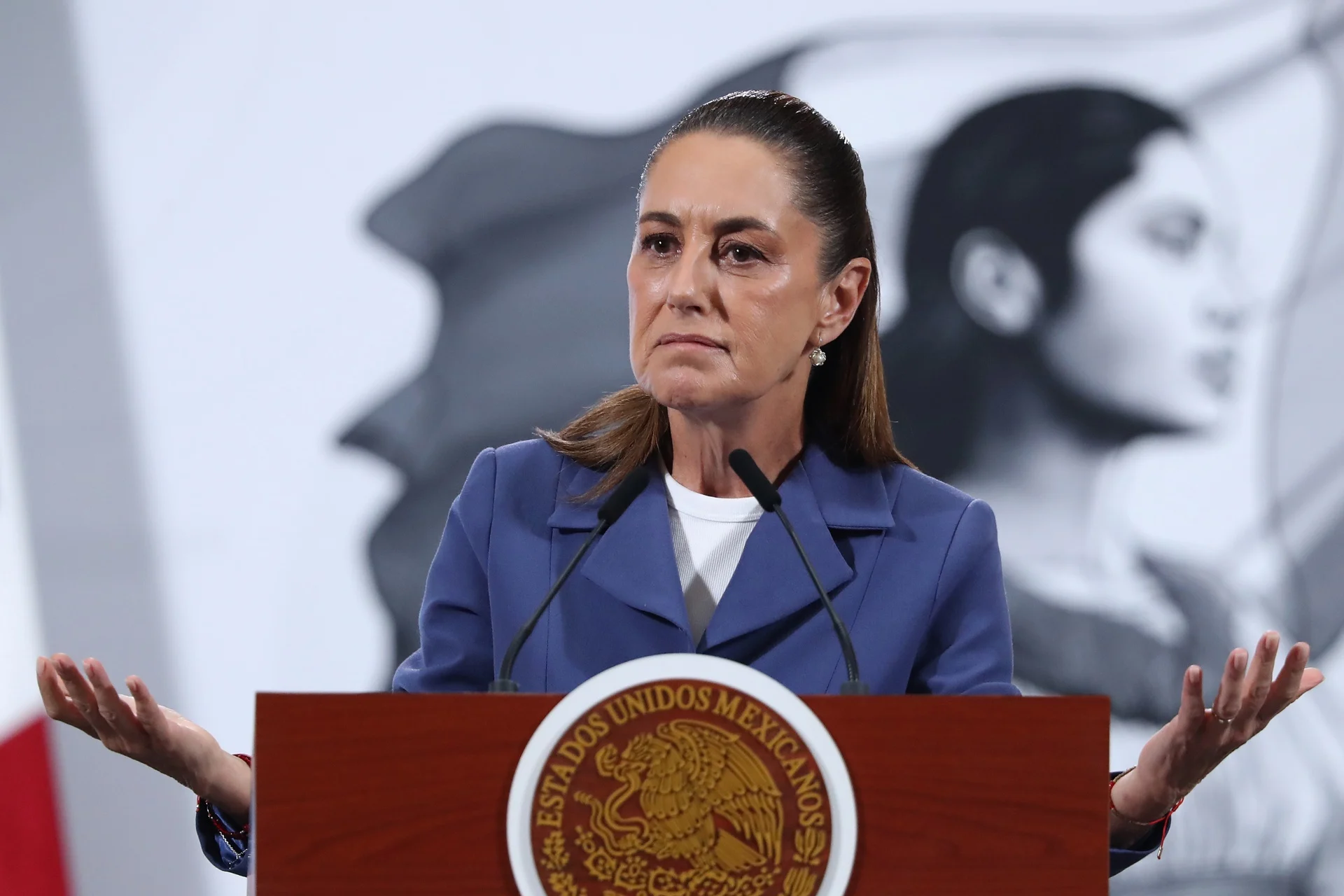
Mexican President Claudia Sheinbaum confirmed on Wednesday that the death toll from recent rains and floods across several central states has risen to 66, while the federal government has activated air bridges and prioritized assistance in 191 isolated communities.
“Unfortunately, 66 people have died, and 75 remain missing,” the president said during her morning press conference. She added that the official death toll will be updated later in a new report.
As of Tuesday, authorities had reported 64 fatalities. Sheinbaum also announced the creation of a public information center to centralize official data on the deceased, missing persons, damaged homes, and cut-off communities.
According to the president, the number of missing persons has decreased thanks to coordination with state authorities.
“Through calls to phone line 079, 103 people who had been reported missing have now been located,” she explained.
Priority Municipalities
The president noted that the federal government has classified 191 communities as ‘priority’, a designation based mainly on the percentage of homes affected.
International
New road and bridge explosions raise alarm amid indigenous protests in Ecuador
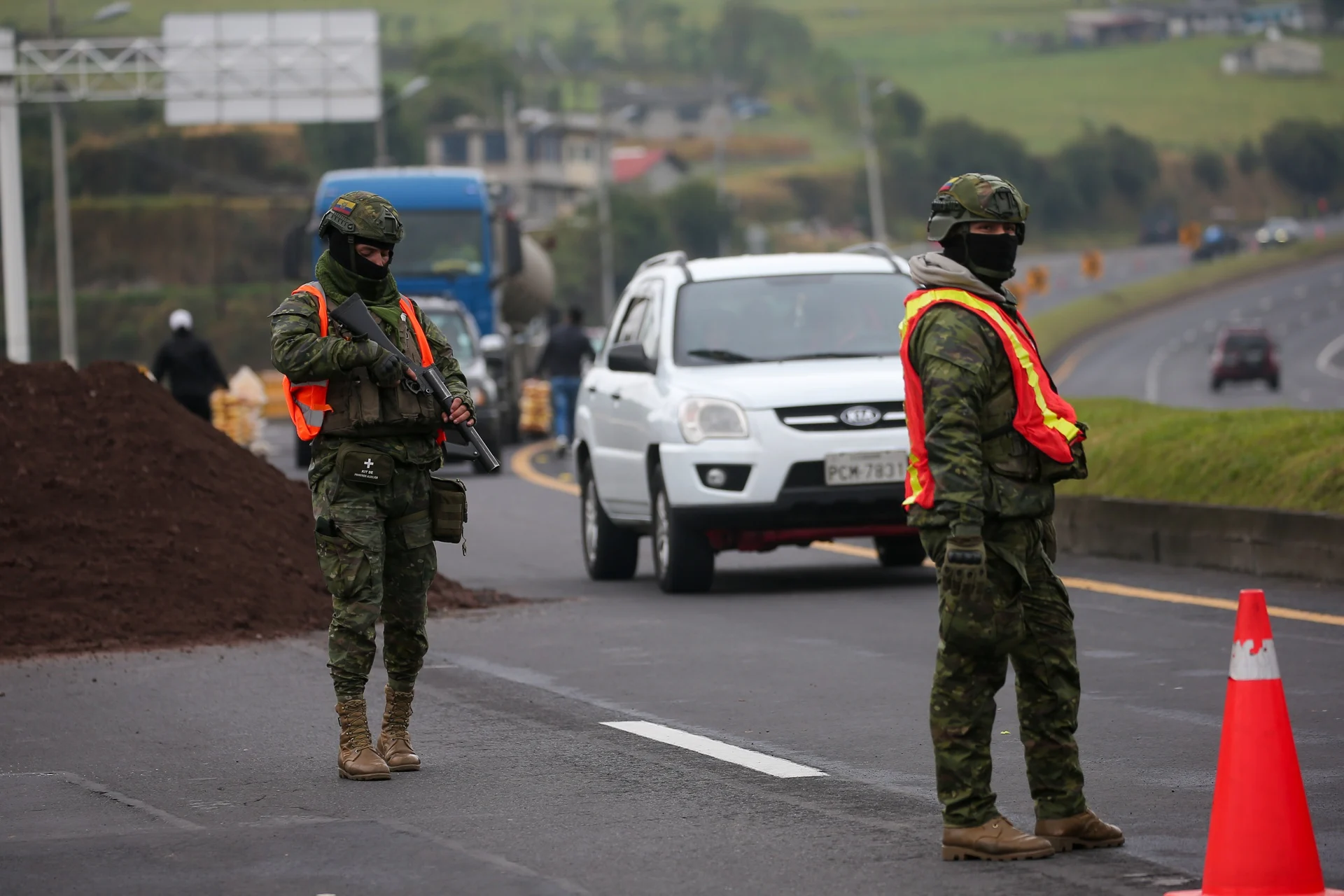
Ecuadorian authorities are investigating two explosions that occurred early Wednesday, one on a road in the southern part of the country and another under a bridge in Guayas province. These incidents follow the car bomb explosion in the coastal city of Guayaquil, also in Guayas, which occurred the day before and left one person dead and 30 injured.
Press reports indicate that one person was injured and several vehicles were damaged in the explosion on the Cuenca-Girón-Pasaje road in the south.
“Besides yesterday’s explosion in Guayaquil, we have received reports of explosives placed on bridges along the Guayaquil-Machala and Machala-Cuenca routes to disrupt traffic,” said Roberto Luque, Minister of Infrastructure and Transport (MIT).
On his X social media account, Luque reported that authorities have been deployed to the sites to assess the damage and determine the current condition of the structures.
“What they haven’t achieved with their call for a strike, some are trying to achieve through terrorism,” he stated, referring to the 24 days of protests organized by the Confederation of Indigenous Nationalities (Conaie) against rising diesel prices and other demands.
The protests, called at a national level, have Imbabura province as their epicenter. Roadblocks have also been reported in the northern part of Pichincha province, whose capital is Quito, while activities in the rest of the country continue normally.
International
Armed forces target illegal mines in Northern Ecuador with bombing raids
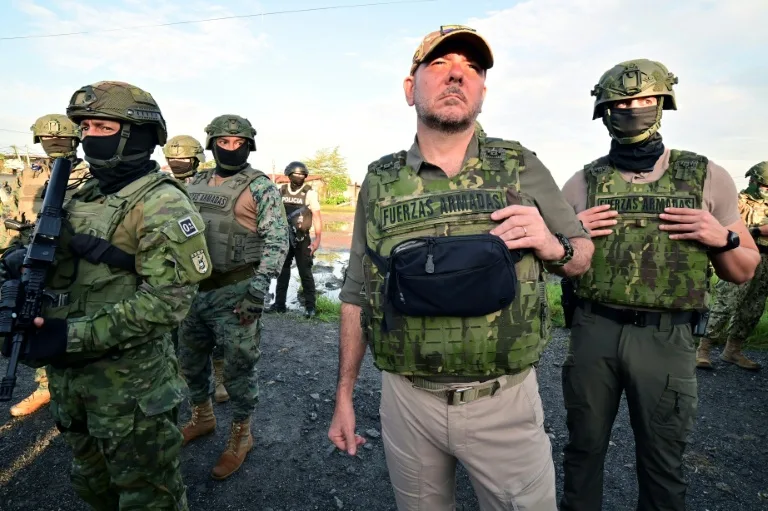
Ecuador’s Armed Forces carried out an operation on Monday — including airstrikes — against illegal mining in the town of Buenos Aires, in the country’s north, Defense Minister Gian Carlo Loffredo reported.
The mountainous, gold-rich area has been a hotspot for illegal mining since 2017, located in the Andean province of Imbabura.
In 2019, former president Lenín Moreno deployed around 2,400 soldiers to the region in an attempt to curb the illegal activity. “The operation began with mortar fire, followed by gunfire and bombing runs by Supertucano aircraft,” Loffredo said in a video released by the Defense Ministry.
He added that the operation would continue on Tuesday with patrols across the area to locate possible members of “irregular armed groups that may have crossed from the Colombian border.”
The Armed Forces stated on X that the intervention focused on the “complete elimination of multiple illegal mining tunnels” in the areas known as Mina Nueva and Mina Vieja.
The operation coincided with the deployment of a military and police convoy into Imbabura, which has been the epicenter of protests against President Daniel Noboa since September 22, following his decision to scrap the diesel subsidy.
-
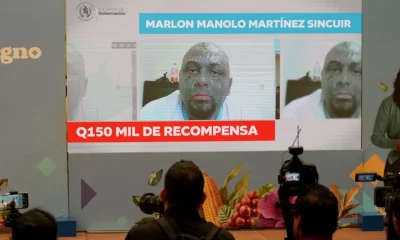
 Central America2 days ago
Central America2 days agoGuatemala arrests first escaped gang member after Barrio 18 prison break
-
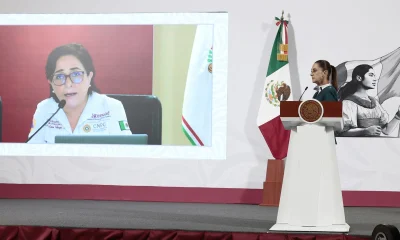
 International2 days ago
International2 days agoMexico reports 64 dead, 65 missing after devastating central region floods
-
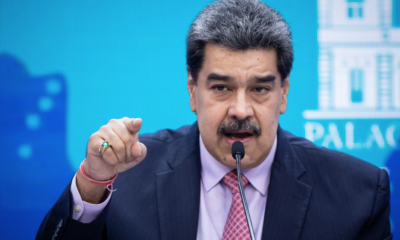
 International2 days ago
International2 days agoVenezuela calls for continued global pressure to secure ‘just peace’ for Palestine
-

 International2 days ago
International2 days agoPope Leo XIV to skip COP30 in Brazil but plans future visit, Lula confirms
-
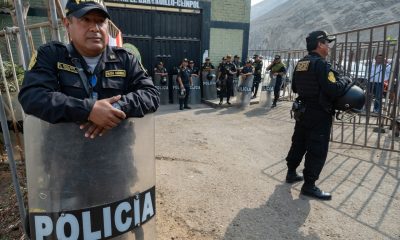
 International4 days ago
International4 days agoPeruvian president Jerí leads prison raids to tackle organized crime
-
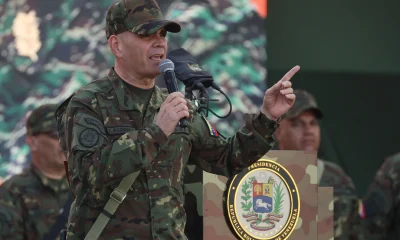
 International4 days ago
International4 days agoVenezuela launches ‘Independence 200’ defense plan amid U.S. naval presence
-
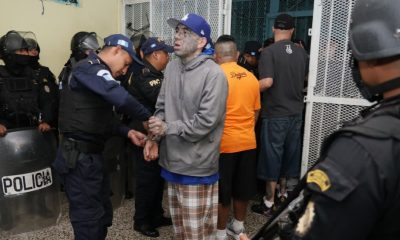
 Central America3 days ago
Central America3 days agoFraijanes II prison in Guatemala reports gradual escape of 18th Street gang inmates
-
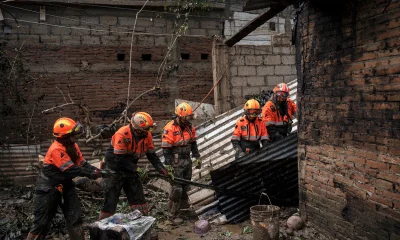
 International1 day ago
International1 day agoSheinbaum: Urgent to restore access to towns cut off by heavy rains
-
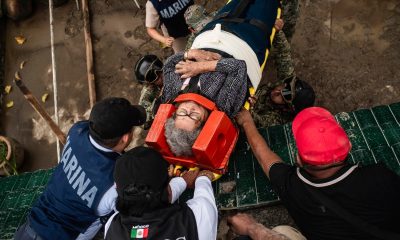
 International3 days ago
International3 days agoHeavy rains leave dozens dead in Hidalgo, Puebla, and Veracruz
-
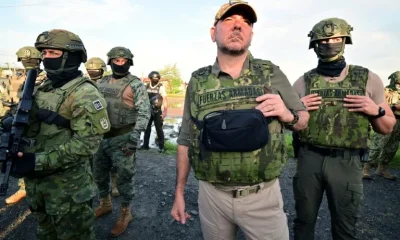
 International1 day ago
International1 day agoArmed forces target illegal mines in Northern Ecuador with bombing raids
-

 International1 day ago
International1 day agoVenezuelan media faces fresh restrictions after reporting on opposition leader’s Nobel win
-

 International1 day ago
International1 day agoCaracas shuts embassy in Oslo without explanation following Machado’s Nobel win
-
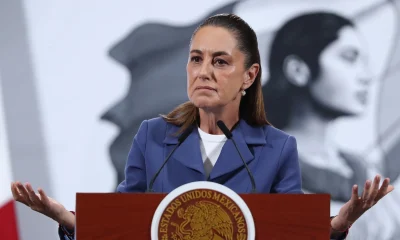
 International3 hours ago
International3 hours agoMexican government prioritizes 191 communities after deadly floods
-
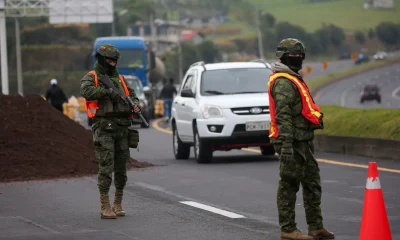
 International3 hours ago
International3 hours agoNew road and bridge explosions raise alarm amid indigenous protests in Ecuador


























